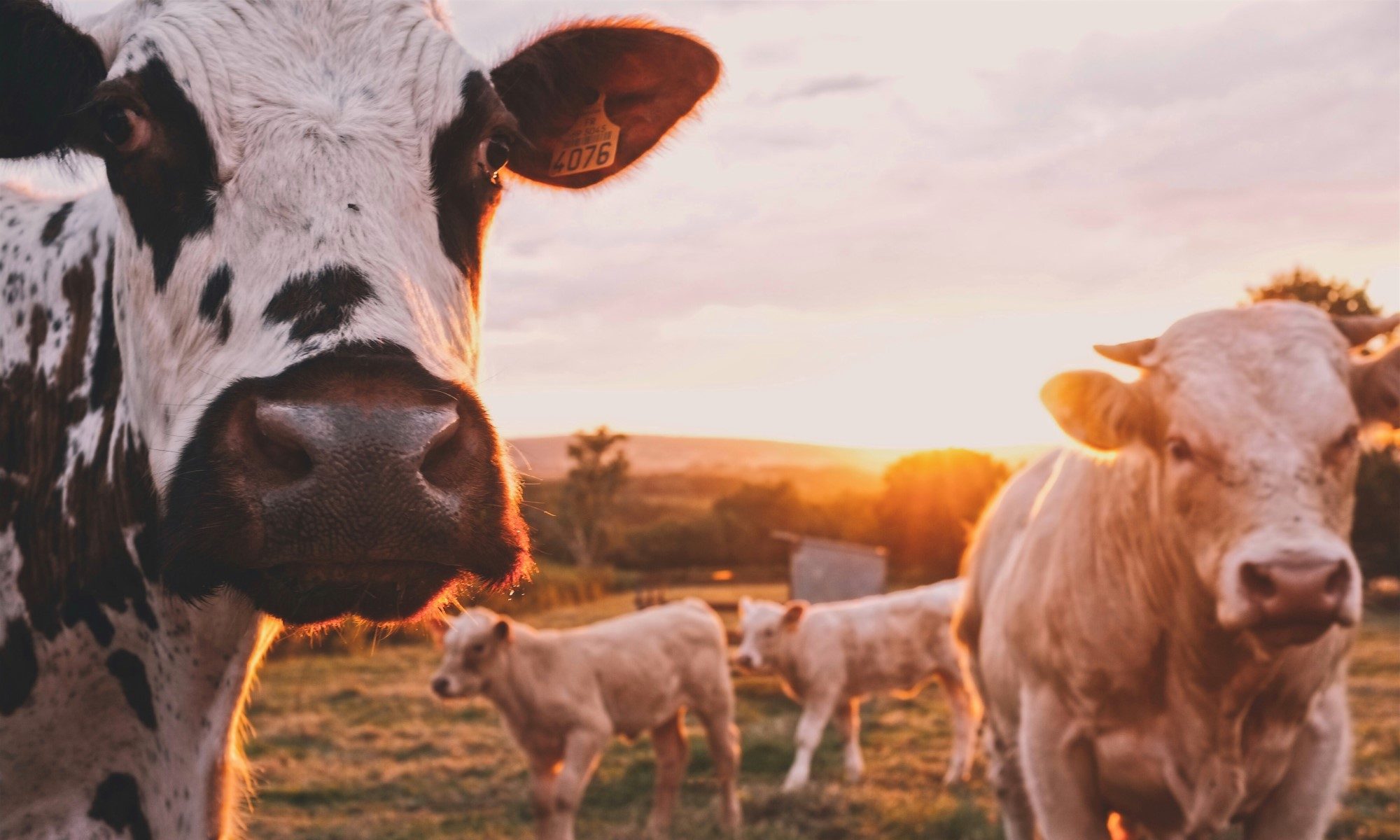Introduction
Over centuries, we have always advanced on how we do things increasing efficiency and saving on labor while we optimize results. It has always been our nature. And much of this advancement has been in the field of agriculture. Drip Irrigation Systems
Today, the world population is increasing at an alarming rate and governments are trying everything to make sure that they feed their population.
Lucky us, we have drip irrigation. An effective farming innovation that has proven to be extremely advantageous to farmers and its benefits cannot be written off. Because of it, farmers no longer rely on seasonal rains for farming.
Why do you need drip irrigation on your farm? Drip irrigation is advantageous on many counts, this is because;
Saves on water use; with drip system, you will be able to reduce the amount of water that is lost through evaporation, seepage, transmissions and other common leakages. This is because the water is directly delivered to the crops. As a consequence, you will save on water compared if you had adopted surface irrigation.Drip Irrigation System Supply
Uniformity in crop growth and yield; as water and nutrients are distributed evenly throughout the farm through an automated drip system, each crop relatively receives uniform attention. Therefore, you will be able to maintain consistent soil moisture and nutrients for uniform crop growth and yield. You will not have to worry about inconsistencies in production.
Controls water variability throughout crops' development cycle; studies support that there is a positive correlation between low water supply and yield loss. Farmers who depend on drip system will not have to worry about inconsistencies of the rains as they can supply their crops with water whenever they deem fit. As a result, they will be able to control plant stress increasing crop growth and yield.
Reduces the rate of tractor passes on the farm; as the nutrients can be delivered through the drip system, there will be no need of frequently using a tractor. As a result, you will save on labor, and fuel requirements, reduce soil compaction, root pruning, or any damage to crops.
It optimizes water use and nutrients distribution; drip irrigation can be control. You will be able to control the amount of water and nutrients that reach your crops at different times, depending on the development stages of your crops. Drip Irrigation System Design
Also, you can also control where in your field you wish to irrigate and input nutrients in your crops. As a consequence, with drip irrigation, you will always be able to precisely apply nutrients and water to your crops throughout the development cycle optimizing crop growth and yield.
It is cost effective; this system of irrigation reduces costs that are mainly associated with farming. For instance, when you utilize drip irrigation, you will incur low pumping costs as it does not require much water and pressure.
Moreover, as the water reaches to the roots of the crops not feeding the weeds, the irrigation system reduces the growth of weeds reducing the time needed for weeding. Consequently, as it is easy to mix the nutrients with water and deliver them to the crop roots, there is no loss of fertilizers and chemicals due to inefficiencies.
Conclusion
Therefore, if you need an effective method of farming, which makes sure that as a farmer you save on labor and cost while you increase your crop yields, consider drip irrigation. With it, you will be able to supply water and nutrients effectively throughout the crop development cycle hence maximizing your yields. It would be realistic to state that drip irrigation is advantageous on many counts. Drip Irrigation System Pumps
